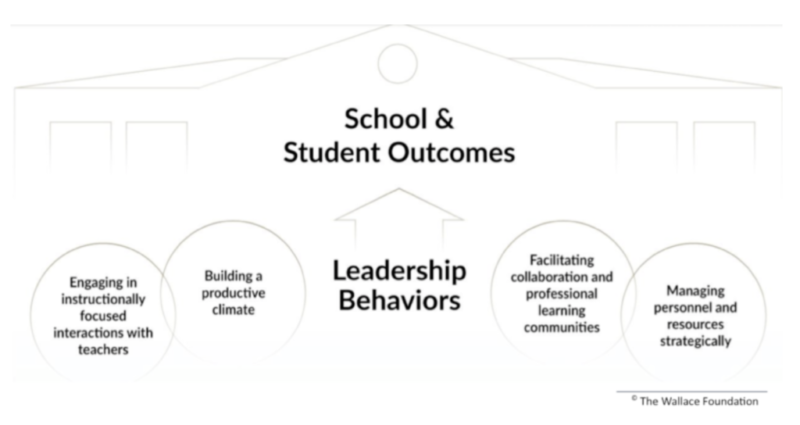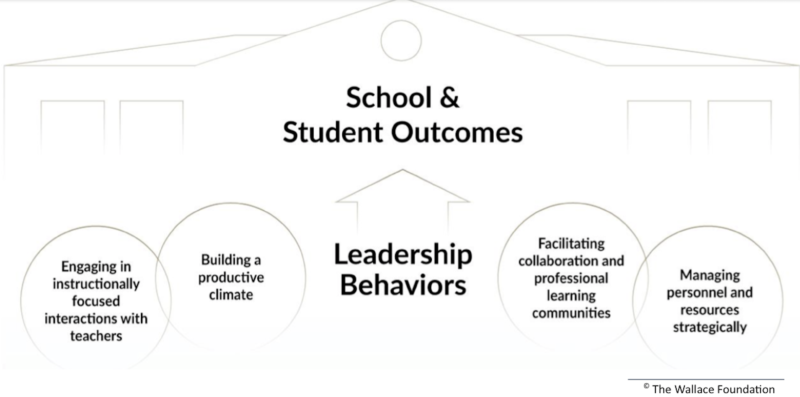[Leading change] Giving space to emotions
Giving space to express emotions increases the chances of a successful change process.
Some leaders have natural emotional antennae. They have an eye for what change does to their colleagues. They know that ‘change’ feels like a loss for some and a gain for others. They understand that many conversations are not so much about the change itself as about underlying human needs. Think of the desire to be heard and seen. To be able to feel and express frustration and jealousy, but also hope or pride.
In the past ten years, I have guided many schools through various challenges. Always in professional settings, and yet the parallels with our personal lives were often quite similar.
I learned that a change process can really feel like mourning. Colleagues experience loss, are angry, vulnerable, irrational and sad. Because ‘someone has taken something away from them’.
A change process can also be seen as ‘being pregnant’. Then, as a manager or supervisor, you will notice that colleagues will expectantly imagine ‘what it will be like once the change is complete’. They live in the future rather than the past. They find it exciting, are hopeful and above all see the opportunities.
In short: a change process is accompanied by emotions that we are all familiar with. Simply because we are human. That makes it familiar, and at the same time it feels a little awkward. What’s more: sometimes ‘expressing emotions’ sounds hollow or soft. Sometimes it is downright taboo. Because here we are ‘at work’, aren’t we?

How to tackle this as a school leader?
- Be aware that when people start talking about the change, the change has started. From that moment on, people relate to what is about to happen. Often they do not realise that they are also sensing and feeling a lot in the process. This is because it is often easier for us to have an opinion (This is what I think.) than to express our feelings (This is what it does to me.) And school culture plays a crucial role here. Therefore, as a school leader, it can help to support people to express their feelings.
- Make your own emotional language and insights richer. This helps to give space to our whole humanity. It also helps to define the borders of that space, because of the expectations that rightly exist of you as a professional.
Emotional intelligence helps to not brand people by one emotion or put them in pigeonholes (That one is always contrary).
Seeing nuance and evolution, questioning perspectives, putting your own feelings into words … that is what it is all about.
- Provide lead time. Because change takes time, just like good coffee. Processing or expectating are processes that take some time. Emotions cannot simply be directed, let alone neatly plotted on a timeline. And yet: in a professional context, ‘lead time’ is finite. Sometimes hurdles have to be taken, also by those colleagues who are still saying goodbye. Handle lead time consciously, without stretching it: set milestones, look back and ahead, possibly work with transition rituals. These are all opportunities for colleagues to prepare themselves step-by-step for what is to come.
- Create clarity. Many uncertainties, worries and fears are fuelled by a lack of clarity. This makes things unnecessarily complex. Work on a realistic picture of the future, clear expectations, transparent responsibilities, clear steps, etc. Even more impactful: involve colleagues where desirable and feasible. By questioning them and involving them in decision-making, you can anticipate a great deal of resistance.
- Drive quality dialogue by asking the right questions. When is a change successful? What does that look like in concrete terms? What do you need to help realise this process of change? How can you support others? What are you worried about? What are you looking forward to? This is how you make emotions negotiable and manageable. Anger becomes milder, enthusiasm becomes contagious. Difficult emotions’ are also worth examining. Annoyance, shame, sadness, …. express wisdom that is useful to take away. They keep us awake and ensure that change is also improvement.
It seems counterintuitive: if you ask people what they are worried about, they will worry more, right? Yet, in practice, we notice the opposite.
Organisations which succeed in embracing emotions without losing themselves in them, experience the positive impact this has on the change process.
Colleagues feel acknowledged. And this recognition provides energy, enthusiasm and resilience. And room to get back to the matter at hand. If you try to ignore emotions or hide them away, they shoot off in all directions, especially in the corridors, and they resurface again and again. Especially at those moments when you want to speed up or take decisions.
In short: do justice to emotions in a change process. It can only benefit you, your colleagues and the change process. Not quite sure how to go about this? Contact us and we will gladly guide you further.
Saskia Vandeputte




